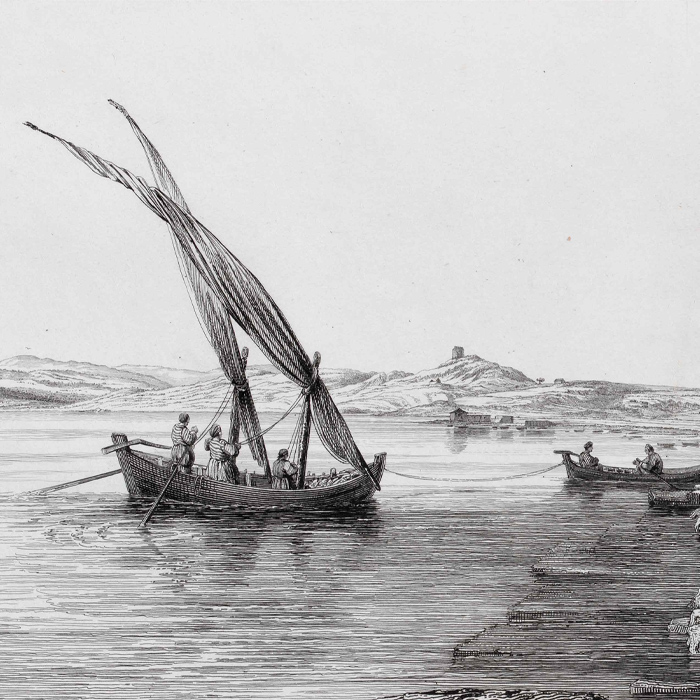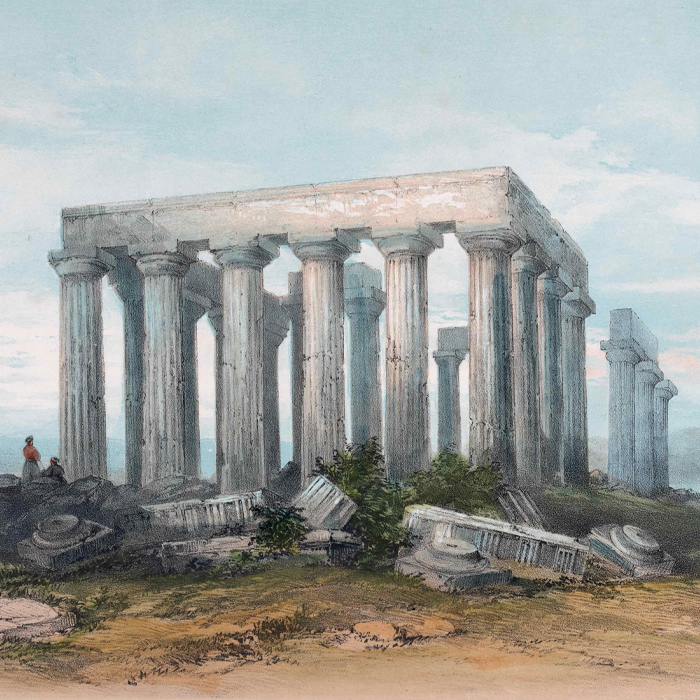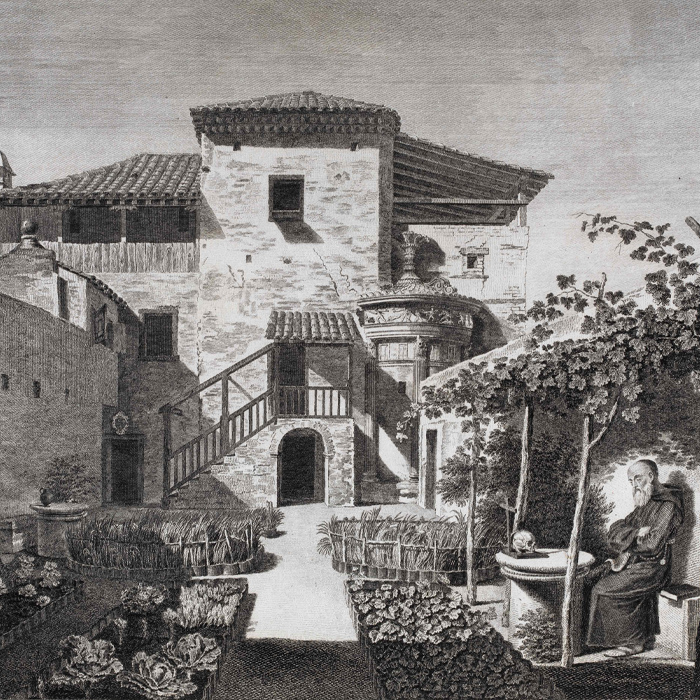Views in the Seven Ionian Islands
The rare book Views in the Seven Ionian Islands is a touring volume on the Ionian Islands. In 1848 Edward Lear travelled to Greece and 15 years later he published his book. It features 20 illustrated landscapes of the Ionian Islands with descriptions. At the same time it provides interesting information on the population status of the Ionian Islands in the mid-19th century.
External appearance and illustrations
The book Views in the Seven Ionian Islands is 34 cm (width) x 49 cm (height). It comprises 25 pages and 20 illustrations of landscapes from the Ionian Islands.
It features 8 representations of Corfu, 3 each of Lefkada, Kefalonia and Zakynthos, and 1 each of Paxos, Ithaca and Kythira. The illustrations are accompanied by descriptions of the landscapes, written by Edward Lear.
His drawings are painstakingly detailed. He has painted iconic natural and urban landscapes.
The first edition
This edition of 1979 is a true copy of the first edition from 1863. The cover page of the first edition featured the famous Monastery of Panagia Vlahernon on the equally famous island of Pontikonisi.
A tour of the Ionian Islands
Edward Lear’s book captures his admiration for the Ionian Islands. He believed that it was a place of ideal natural beauty, with a multitude of shapes and colours, and hospitable people. The pages of the book play host to the:
- Angelocastro Castle and Palaiokastritsa on Corfu.
- Town of Lefkada and Cape Doukato.
- Town of Argostoli, village of Assos and ruins of Ancient Sami on Kefalonia.
- Town of Zakynthos.
- Town of Vathy on Ithaca.
- Town and castle on Kythira.
Lear’s introduction, with its keen observations in terms of the geographical, historical and sociological aspects, is also very interesting.
The volume includes references to the island populations, which are of high historical value: Corfu (68,000), Lefkada (21,000), Kefalonia (72,000), Zakynthos (38,000), Paxos (5,000), Ithaca (12,000) and Kythira (14,000).
The Ionian beauty in 1 volume
In his drawings, Lear was able to capture the lush vegetation, the calmness of the summer sea in the sheltered coves, the mountains and the people in their everyday activities.
He opted for an ideal representation in his art, which highlighted the unique beauty of each landscape.
A book in the spirit of its time: The Grand Tour
The book Views in the Seven Ionian Islands follows a trend of cultural touring that was prominent for a long period during the 18th and 19th century. Young, wealthy European aristocrats travelled all over Greece and other exotic destinations. They were accompanied by friends, servants, tutors, doctors, artists and scientists. This type of travelling was called the “Grand Tour”.
In their visits to Greece, the travellers:
- Engaged in nature-watching.
- Admired ancient ruins and monuments.
- Expressed interest in native traditions and behaviours.
- Drew inspiration from Greek philosophy and were charmed by Greek mythology.
Then, the travellers would write an account of their impressions, drawing pictures and paintings of everything they had seen. However, oftentimes they also composed quite complex scientific works.
Paintings of high historical value
Lear’s drawings are valuable testimonies for the state of Greece after the Revolution of 1821. The book Views in the Seven Ionian Islands almost coincides with the British departure from the Ionian Islands and the Islands’ unification with Greece.
Lear attempted to capture the natural landscapes and the authentic character of the country just after the liberation and before its transformation into a state more in line with western standards.
Edward Lear: A wandering artist
The painter Edward Lear (1812-1888) was an avid traveller. We travelled to Italy and Greece, and also Albania, Palestine, Syria, Egypt and India.
In 1837 he moved to Rome and then, in 1848, to Greece. He travelled to Attica, Evia, Boeotia, Epirus, Athos, Thessaly, Macedonia, Peloponnese, Crete, the Ionian Islands and other islands as well.
During his stay in Greece he is said to have painted more than 3,000 watercolours and drawings of Greek landscapes.
Other than a painter, Lear was also a writer. In fact, he is considered the most important representative of nonsense literature from the Victorian era.
The Alpha Bank Rare Book Collection is not open to the public.
However, you may visit the other collections of the Alpha Bank Library.










